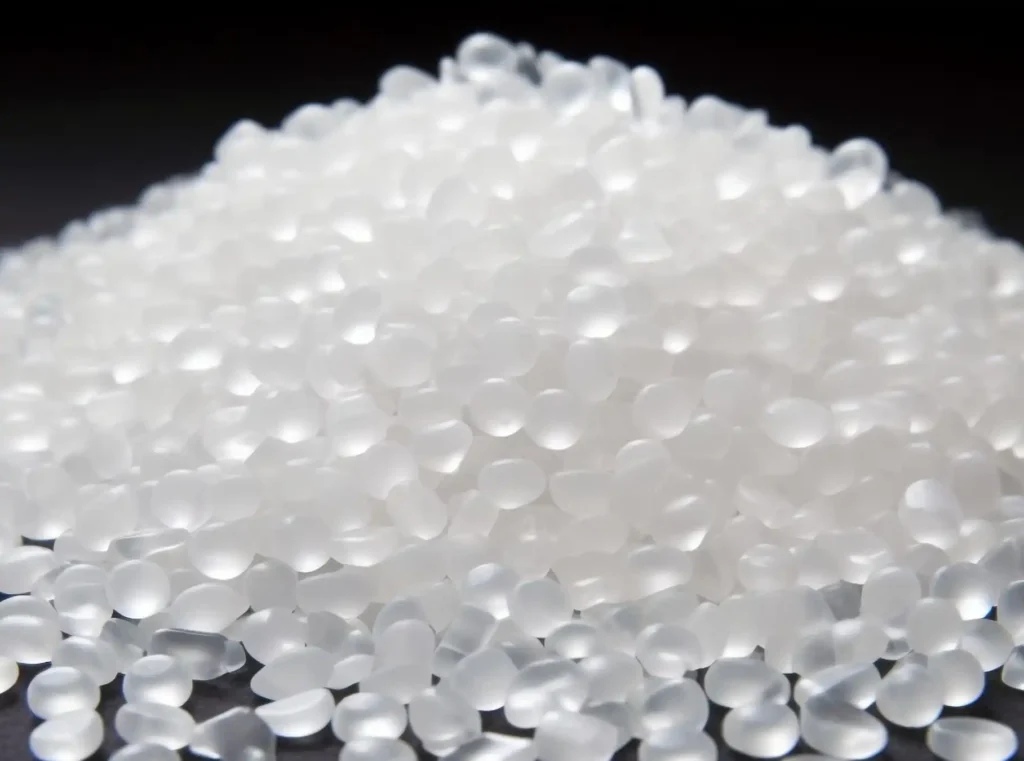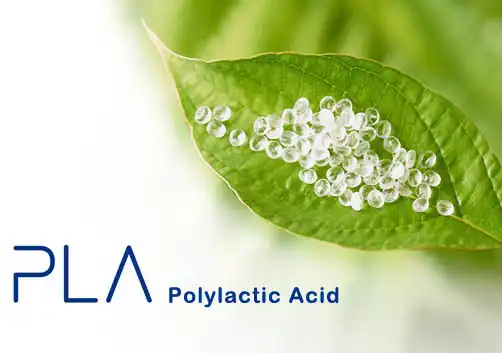Messi Biology stated that magnesium hydroxide (Mg(OH)₂), as an inorganic filler, has been widely studied in recent years for modifying polylactic acid (PLA) materials. Polylactic acid is a biodegradable bio-based plastic, but it has certain limitations in mechanical properties, thermal stability, and processing performance. By adding magnesium hydroxide, these properties can be improved, with specific effects including:

1. Enhancing Mechanical Properties
Improving Rigidity: The addition of magnesium hydroxide particles can enhance the rigidity of PLA. As a filler, magnesium hydroxide forms a strong interfacial bond with the PLA matrix, thereby increasing the material’s hardness and compressive strength.
Improving Tensile Strength and Flexural Resistance: At an appropriate addition level of magnesium hydroxide, the tensile strength and flexural resistance of PLA may be enhanced. This is because magnesium hydroxide fillers exhibit good dispersibility and strong interactions with the PLA matrix, effectively dispersing stress and improving the material’s mechanical properties.
2. Enhancing Thermal Stability
Magnesium hydroxide itself has good thermal stability and can provide a certain thermal barrier effect during processing and use. Its high decomposition temperature can effectively delay the thermal degradation of polylactic acid, especially in high-temperature environments.
As an inorganic filler, magnesium hydroxide inhibits the thermal decomposition process of PLA to some extent, thereby improving its thermal stability and heat resistance.
3. Improving Processing Performance
The addition of magnesium hydroxide can improve the fluidity and processing performance of PLA. Magnesium hydroxide adjusts the viscosity of PLA to some extent, helping to enhance its processing performance in the molten state, especially during injection molding or extrusion, by reducing processing temperatures and minimizing thermal degradation.
4. Improving Flame Retardancy
As an inorganic flame retardant, magnesium hydroxide exhibits excellent flame-retardant effects. It can release water vapor, forming a barrier that prevents the spread of combustion. Therefore, the addition of magnesium hydroxide can significantly improve the flame retardancy of PLA, making it more suitable for applications requiring flame-retardant properties.
5. Enhancing UV Resistance
Magnesium hydroxide can improve the UV resistance of PLA materials, thereby extending their service life in outdoor environments. The addition of magnesium hydroxide helps absorb UV radiation, reducing the degradation and aging of the PLA matrix.
6. Improving Biodegradability

Although magnesium hydroxide itself is an inorganic material, it can to some extent promote the biodegradability of PLA. Due to its alkaline nature, magnesium hydroxide may react with lactic acid units in PLA, generating a degradation-promoting effect and accelerating the material’s degradation rate in the environment.
7. Interfacial Compatibility
Since PLA and magnesium hydroxide exhibit good interfacial compatibility, magnesium hydroxide can typically form strong interactions with the PLA matrix, improving the material’s internal cohesion and impact resistance. Studies have shown that the dispersibility and particle size of magnesium hydroxide are crucial for the final material performance, with appropriate particle size and uniform dispersion helping to maximize its enhancing effects.
